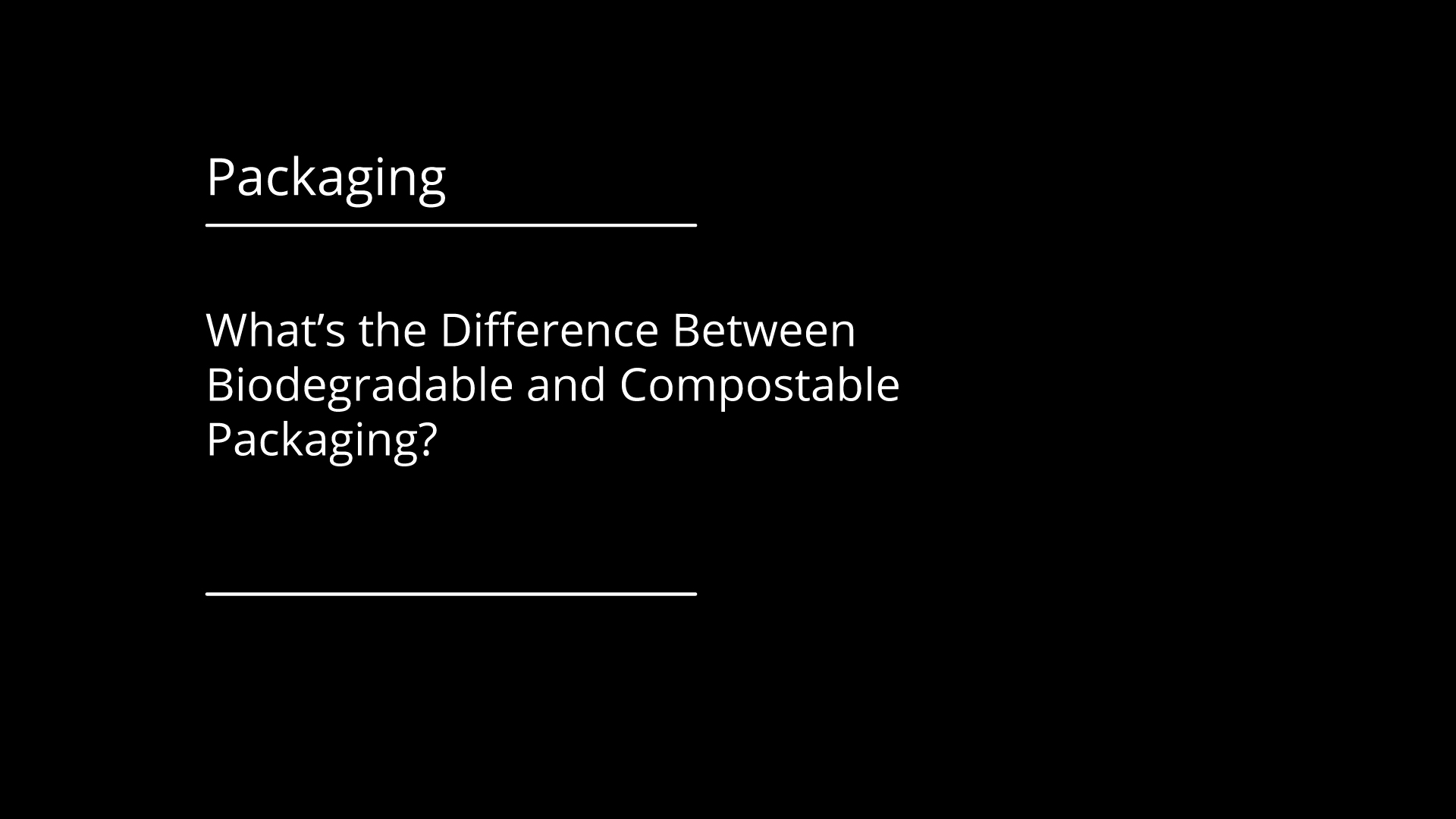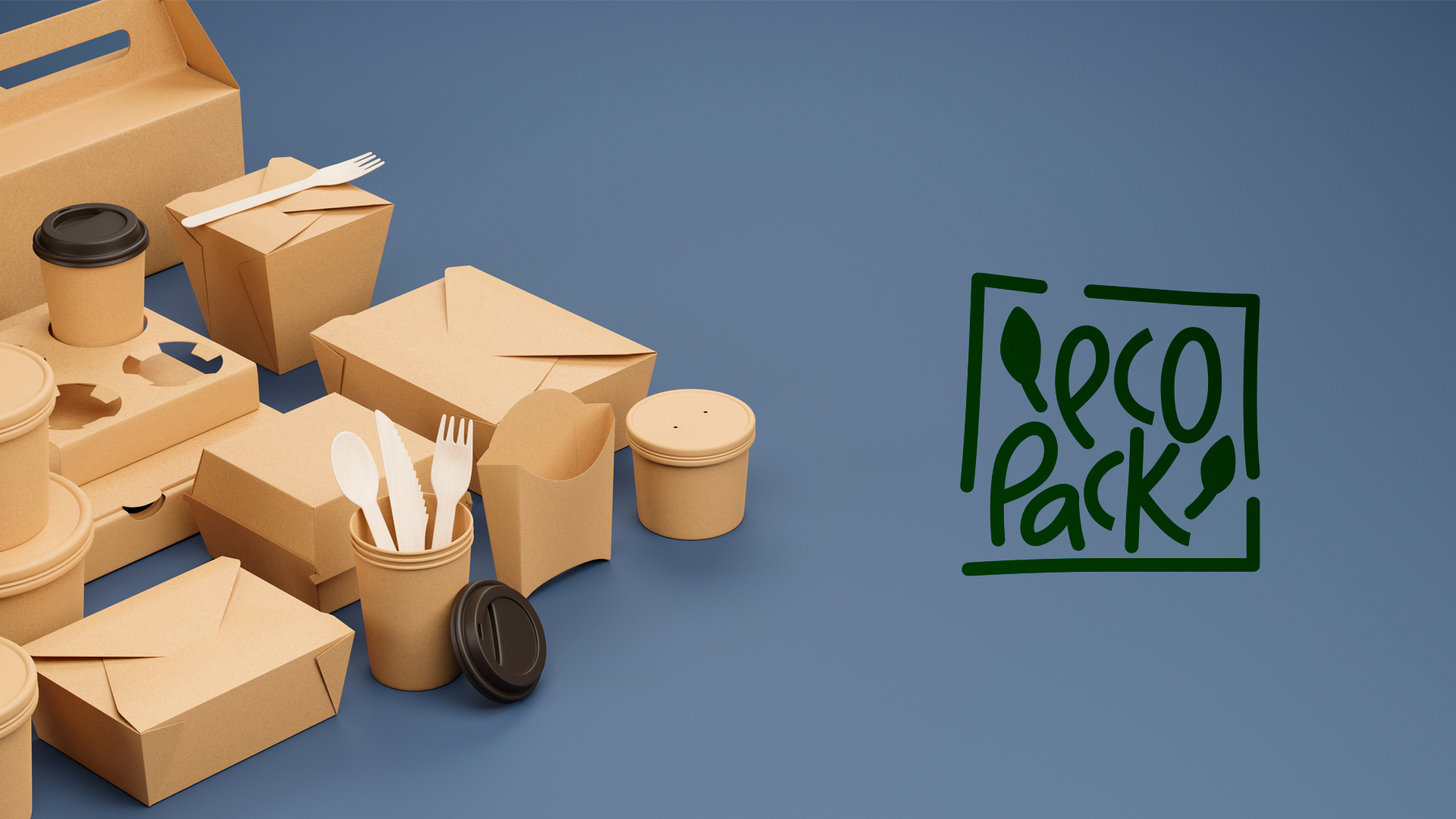
Growing concerns about sustainability have led to the development of environmentally friendly packaging options. Two popular choices are biodegradable and compostable packaging. While these terms are often used interchangeably, they refer to different properties and processes. This article explores the key differences between biodegradable and compostable packaging.
The term biodegradable refers to the ability of a material to naturally break down through the action of microorganisms when exposed to appropriate conditions such as moisture, heat, and oxygen.
Biodegradable packaging is made from materials that undergo this decomposition process. These materials may include natural products like paper, cardboard, or certain plant-based plastics, known as bioplastics.
However, if biodegradable packaging ends up in a landfill, it may not decompose efficiently due to insufficient conditions for degradation. Proper disposal methods, such as composting or specific recycling facilities, are essential to ensure effective breakdown.

Biodegradable packaging is designed to decompose naturally, helping reduce waste and minimize pollution caused by traditional packaging materials.
It often uses renewable resources, such as plant-based materials, reducing reliance on fossil fuels and non-renewable resources.
Biodegradable packaging can be used in various applications, including food packaging, shipping materials, and consumer goods, promoting a more sustainable supply chain.
Compostable packaging goes a step further than biodegradable packaging. Not only does it break down, but it also turns into nutrient-rich compost that can enrich soil and promote plant growth.
To be classified as compostable, packaging must meet specific standards set by organizations like the American Society for Testing and Materials (ASTM) or the Biodegradable Products Institute (BPI). These standards ensure that the packaging decomposes within a set timeframe and leaves no toxic residue.
Compostable packaging is typically made from organic materials such as plant fibers, starches, or certain types of bioplastics. When composted properly, these materials are converted into compost that provides valuable nutrients to plants.
Compostable packaging reduces waste by transforming into nutrient-rich compost, supporting the principles of a circular economy.
The compost produced from this packaging improves soil health by enhancing its structure, water retention, and nutrient content.
Compostable packaging helps divert organic waste from landfills, reducing methane emissions and alleviating pressure on landfill capacity.
While both biodegradable and compostable packaging contribute to sustainability efforts, they have distinct characteristics. Biodegradable packaging breaks down naturally under specific conditions, whereas compostable packaging not only decomposes but also transforms into nutrient-rich compost.
Understanding these differences allows consumers and businesses to make informed decisions about the most suitable packaging option for their needs, helping to protect the environment and contribute to a more sustainable future.
Firstrein Design Company LLC Ⓒ — All Rights Reserved.
Top